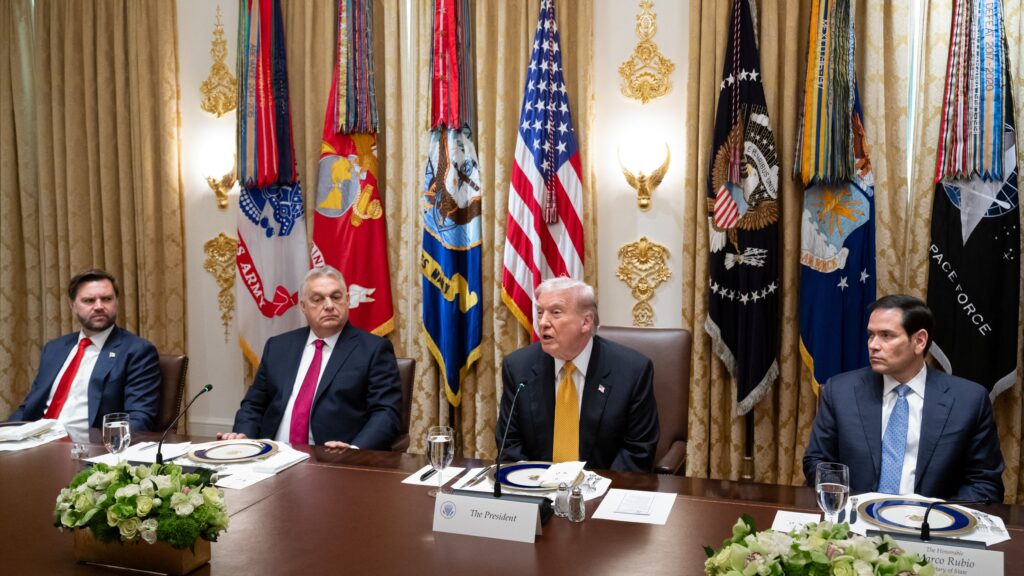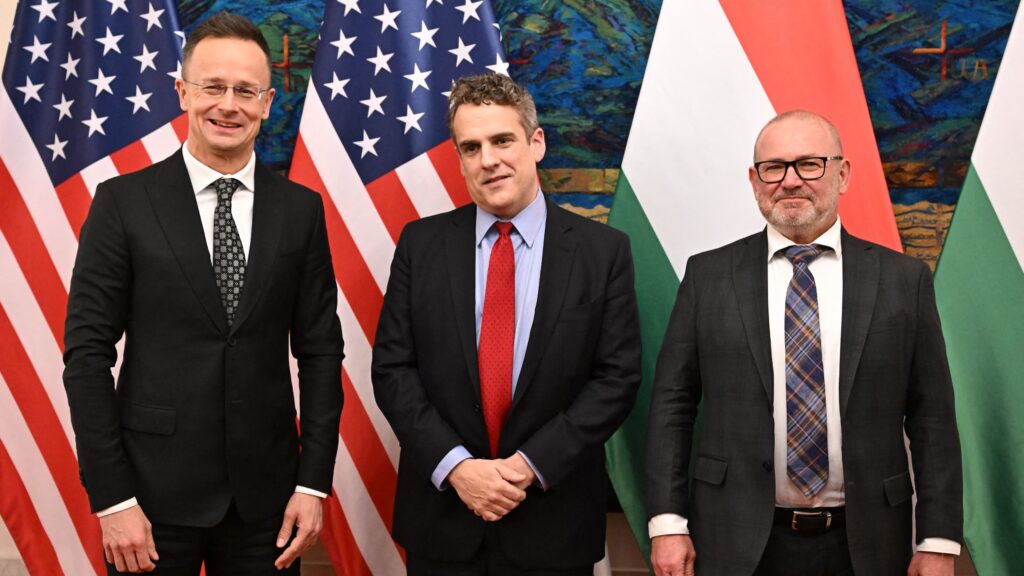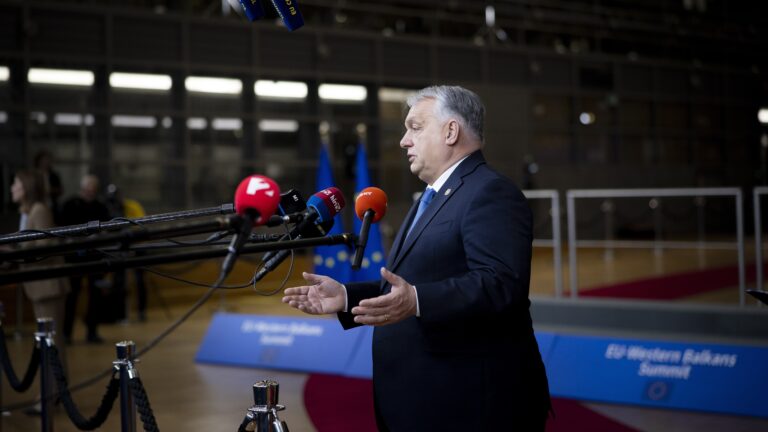On 2 May, US State Department spokesperson Tammy Bruce announced that Washington is withdrawing from Ukraine peace talks and will no longer act as a mediator between Kyiv and Moscow in efforts to reach a negotiated settlement. ‘Now it is up to the two sides. The time has come when they must present and develop concrete ideas on how to end this conflict. It will be up to them,’ Bruce stressed. She added that while Washington will continue to offer support, it ‘will no longer fly around the world as mediators in meetings.’
The announcement did not come as a surprise, given the messaging from US officials over recent weeks—including Secretary of State Marco Rubio, Vice President JD Vance, and President Donald Trump himself—which signalled a possible withdrawal if no tangible progress was achieved within the administration’s first 100 days. ‘It’s not going anywhere…it’s not going to end any time soon,’ Vance told Fox News on 1 May.
Next 100-Day Target
It was anticipated that reaching the 100th day of the second Trump administration without concrete results in the peace process would lead to consequences. However, it remains unclear what Washington’s withdrawal actually entails—or whether it constitutes a withdrawal at all. According to Anton Bendarzsevszkij, Director of Oeconomus Economic Research Foundation, the United States is not truly pulling out of the peace talks, as doing so would be contrary to its own strategic interests. ‘Washington can only afford to devote less attention to Europe and redirect its resources to Asia if there is a lasting peace in Ukraine,’ the security policy expert told Hungarian Conservative. ‘For that, US presence is absolutely essential and necessary.’ In his view, the talk of withdrawal is a negotiation tactic used by the Trump administration to accelerate progress.
One of Trump’s key campaign promises was to end the war in Ukraine, and upon taking office, his administration began acting immediately to fulfil that pledge. On 13 February, Trump announced the beginning of US–Russia negotiations, with the first round of talks taking place in Saudi Arabia. Parallel discussions with Ukraine were also initiated behind the scenes, culminating in the now-infamous Oval Office meeting between Trump and Ukrainian President Volodymyr Zelenskyy.
‘The first 100 days were focused on understanding the concerns, red lines, and negotiating positions of both parties,’ Bendarzsevszkij explained. In this respect, the so-called ‘withdrawal’ simply means that the US will no longer function as a go-between, shuttling messages back and forth between Moscow and Kyiv, as it did in recent weeks through special envoys Steve Witkoff and Keith Kellogg. The intelligence and insights collected by Witkoff and Kellogg were compiled under Secretary of State Marco Rubio’s leadership and ultimately formed the basis of a draft peace proposal, which was presented to European partners and Ukraine in Paris in mid-April. The draft includes robust security guarantees for Ukraine, US recognition of Crimea as Russian territory, and a commitment not to pursue NATO membership for Kyiv, among other points.
However, Bendarzsevszkij noted that the next 100-day phase of the peace process will focus on narrowing the gap between the parties and pushing them closer to a workable compromise—citing a recent speech by Vice President JD Vance. ‘This is a longer process, and I am very optimistic that by the end of the year, we will see at least a partial ceasefire, perhaps even a full truce,’ he said.
Three Possible Scenarios
In the meantime, the coming weeks remain highly uncertain, with much depending on Moscow’s next move. ‘The Russian leadership still believes it can achieve a military breakthrough in Ukraine,’ Bendarzsevszkij continued, noting that agreeing to a ceasefire now would mean forfeiting that opportunity.
Another scenario would involve a full rejection of the Trump administration’s peace proposal—an option he believes is unlikely due to President Vladimir Putin’s understanding of Trump’s temperament. Should Moscow reject the proposal outright, the consequences could include secondary sanctions on nations importing Russian energy—Hungary among them—or renewed US military assistance to Ukraine. Trump, Bendarzsevszkij added, is unpredictable and would not hesitate to escalate in response to a snub.
The most likely scenario, in his view, is that Moscow is deliberately stalling—buying time to prepare for a summer offensive. ‘If they achieve success on the frontlines, they will be in a stronger negotiating position. And if not, they can always fall back on the proposal currently on the table,’ he said.
What Minerals Deal Means For Peace
Another sign that contradicts the notion of a US withdrawal from peace talks is the recently finalized minerals deal between Washington and Kyiv. Ratified by the Ukrainian parliament on 8 May, the agreement establishes a strategic partnership between the United States and Ukraine for the extraction of 55 critical minerals—including lithium, titanium, graphite, uranium, and rare earth elements—as well as oil and natural gas. As previously reported by Hungarian Conservative, many of Ukraine’s largest mineral reserves—especially lithium—are located in areas currently under Russian control, giving the United States a vested interest not only in peace, but in restoring Kyiv’s control over these territories. ‘It is now also in the United States’ interest for Ukraine to regain sovereignty over certain territories, as this would enable American companies to operate there,’ Bendarzsevszkij remarked.
Another key provision of the agreement states: ‘If the United States government provides any form of new military assistance to the government of Ukraine—including the transfer of weapons systems, ammunition, technology, or training—the US capital contribution shall be deemed to have increased by the estimated value of the assistance provided.’
‘It is now also in the United States’ interest for Ukraine to regain sovereignty over certain territories’
This clause effectively fulfils one of Trump’s core campaign pledges: ensuring that US military aid is not provided without conditions or compensation. Following the deal’s ratification, two new military aid packages were approved for Ukraine. At a recent public event, US Treasury Secretary Scott Bessent also said President Trump viewed the deal as leverage to pressure Russia into peace negotiations.
In conclusion, while recent statements from US officials may suggest a withdrawal, Washington has no strategic interest in abandoning the peace process. On the contrary, it has numerous reasons to remain involved—albeit in a different format than what we saw in the past weeks.
Related articles:







